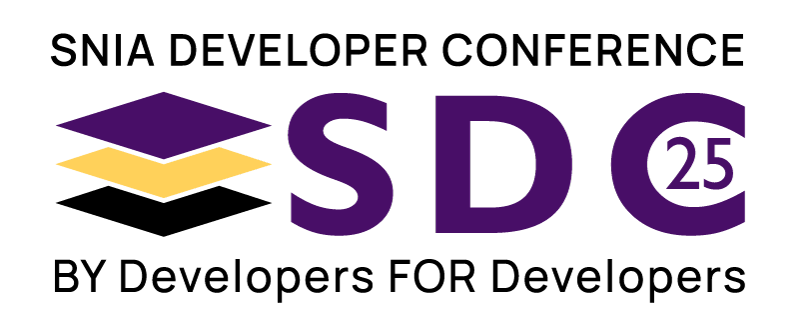
Computational Storage Architecture Simplification and Evolution

Abstract
Computational Storage continues to gain interest and momentum as standards that underpin the technology mature. Developers are realizing that moving compute closer to the data is a logical solution to the ever-increasing storage capacities. Data-driven applications that benefit from database searches, data manipulation, and machine learning can perform better and be more scalable if developers add computation directly to storage.
Flexibility is key in the architecture of a Computational Storage device hardware and software implementation. Hardware flexibility minimizes development cost, controller cost, and controller power. Software flexibility leverages existing ecosystems and software stacks to simplify code development and facilitate workload deployment to the compute on the drive. Leveraging the hardware and software flexibility enables Computational Storage devices to deploy technologies available today, such as eBPF, while also providing a pathway to upcoming technologies like CXL and type 2 accelerators.
This presentation will show how to simplify computational storage architectures today and an evolutionary pathway to CXL. Attendees will walk away understanding how to reduce power, area, and complexity of their computational storage controller, leverage Linux and the Linux ecosystem of software to facilitate software development and workload management, and consider how new technologies may evolve computational storage capabilities.
Learning Objectives
- How to reduce power, area, and complexity when developing Computational Storage.
- Leverage Linux, including eBPF to develop and deploy workloads.
- CXL is a pathway to new ways of interacting with Computational Storage.



